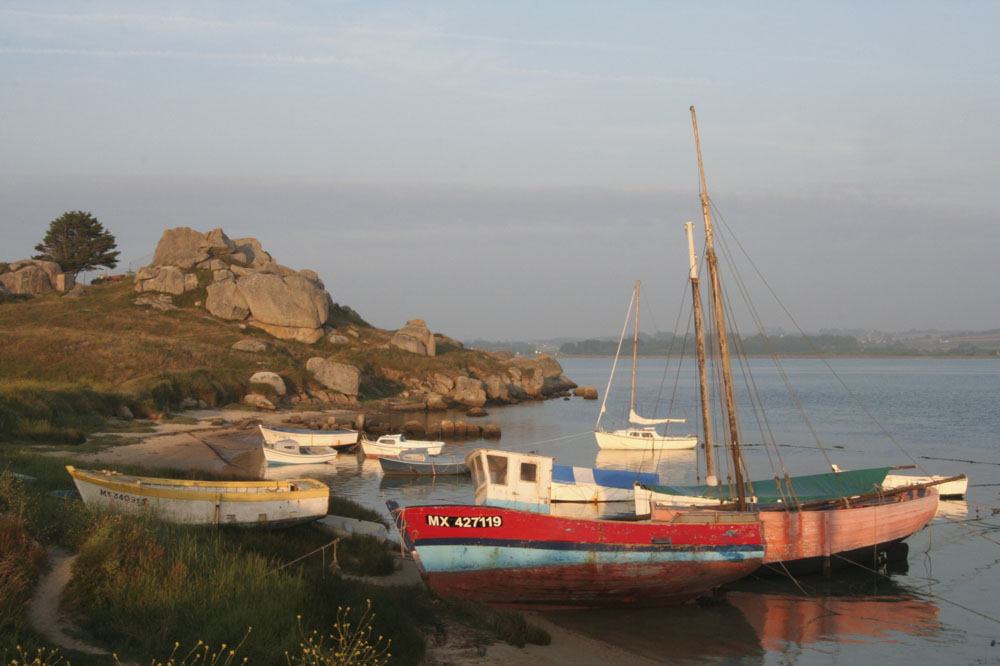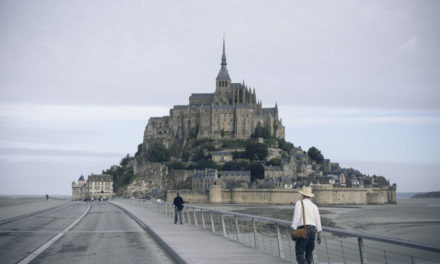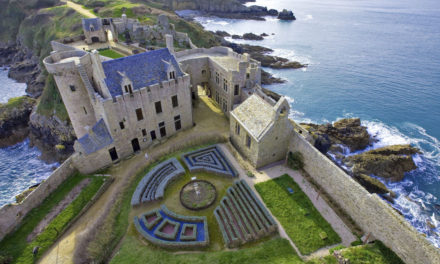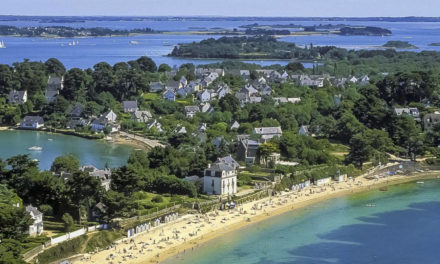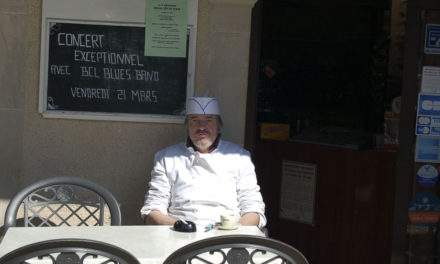Finistère, the most westerly department in France, is steeped in history and maritime traditions. 4,200 kilometres of footpaths follow the steps of the ancient Celts and early Christians, past their Menhirs and Dolmens, chapels and calvaries. Invaded by Romans, raided by Normans and occupied by Spanish and German armies, pirates and sailors, fortifications have been built since prehistoric times. Vauban constructed the impressive polygonal tower at Camaret and in 1694 fired on and repulsed the Anglo-Dutch fleet. Earlier Philip II of Spain built a triangular fort at the point of Roscanvel to protect Brest whilst planning to conquer England. At Camaret in 1801 an American engineer, Robert Fulton, designed “Nautilus”, the first four person submarine. The Nantes-Brest canal, conceived in the 17th century took fifty years to construct.
Book a Hotel in Finistere
Brest
Roscoff
Quimper
| Title | Address | Description |
|---|---|---|
Finistere | D21, 29590 Lopérec, France |

